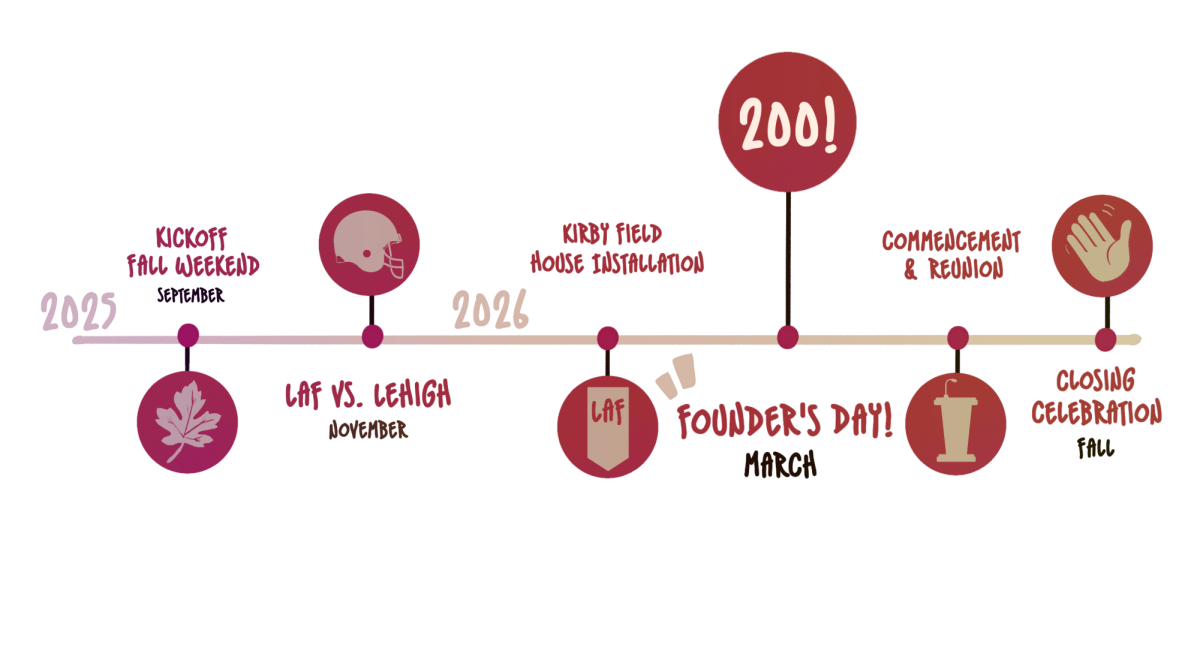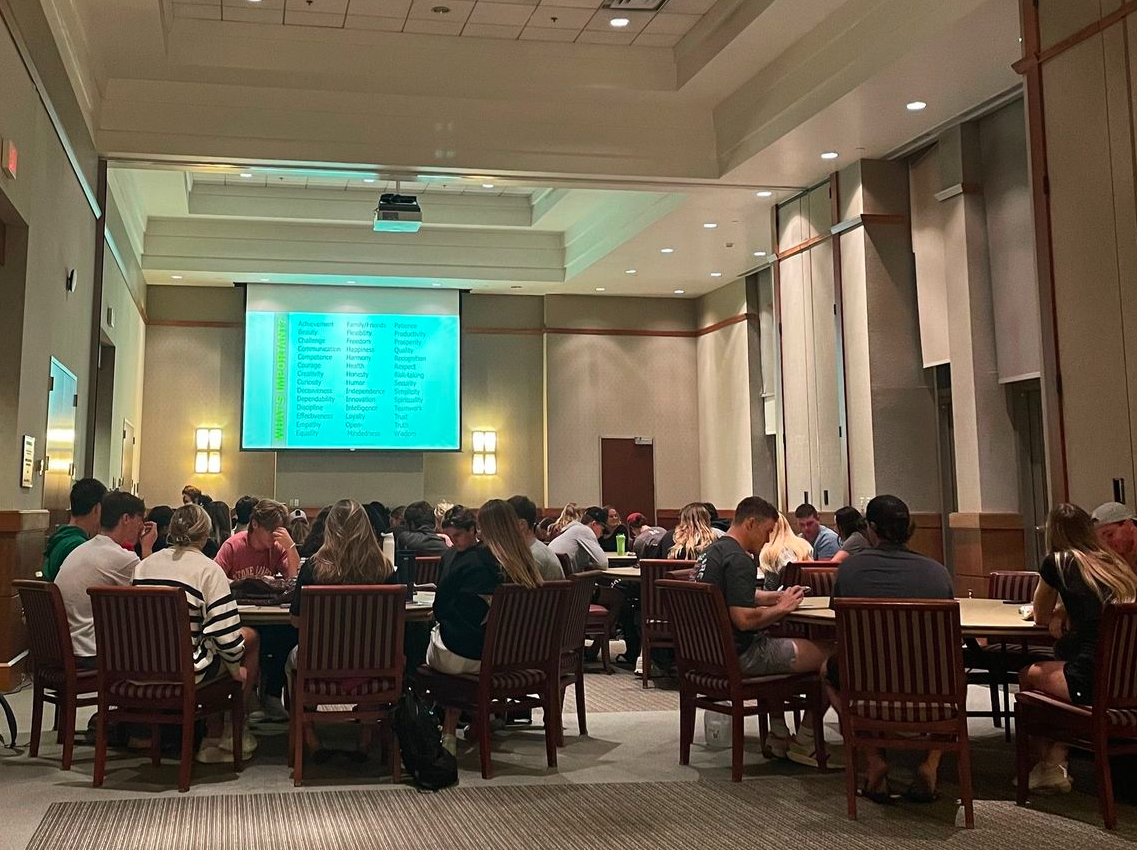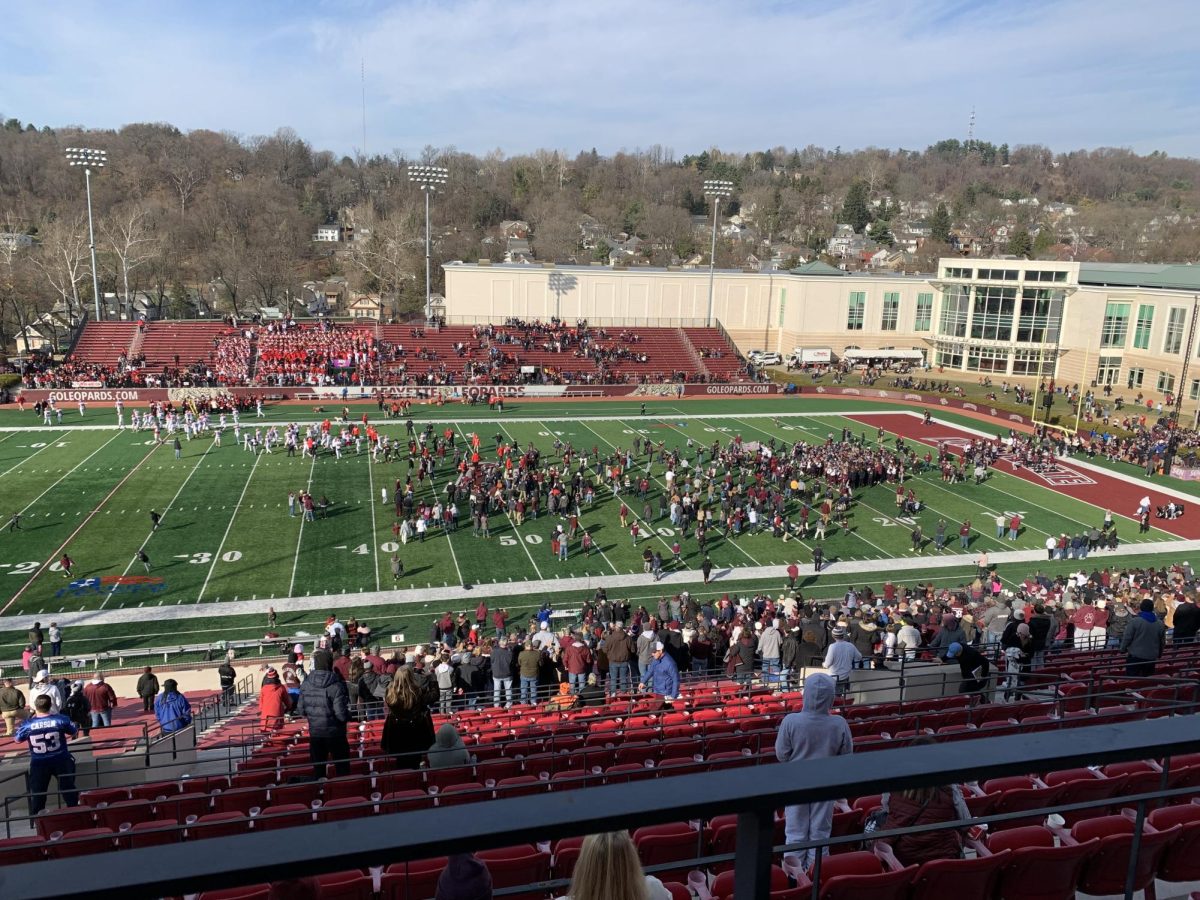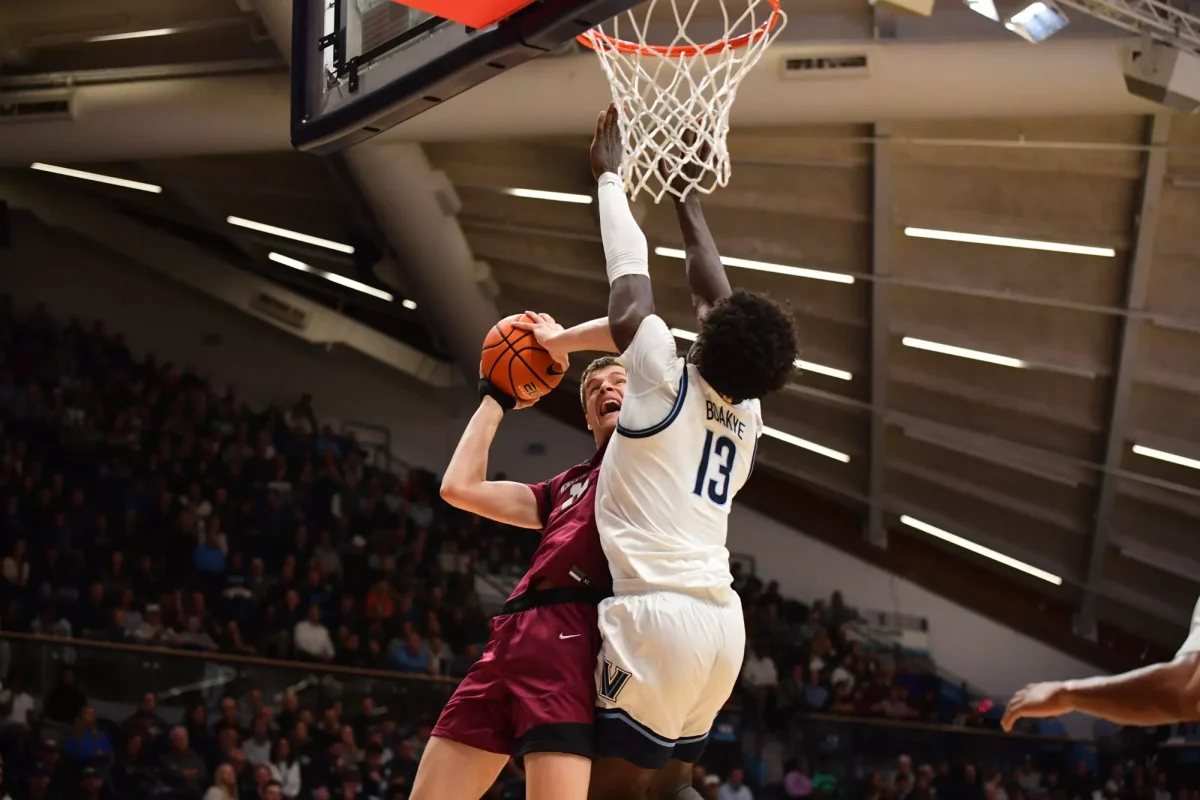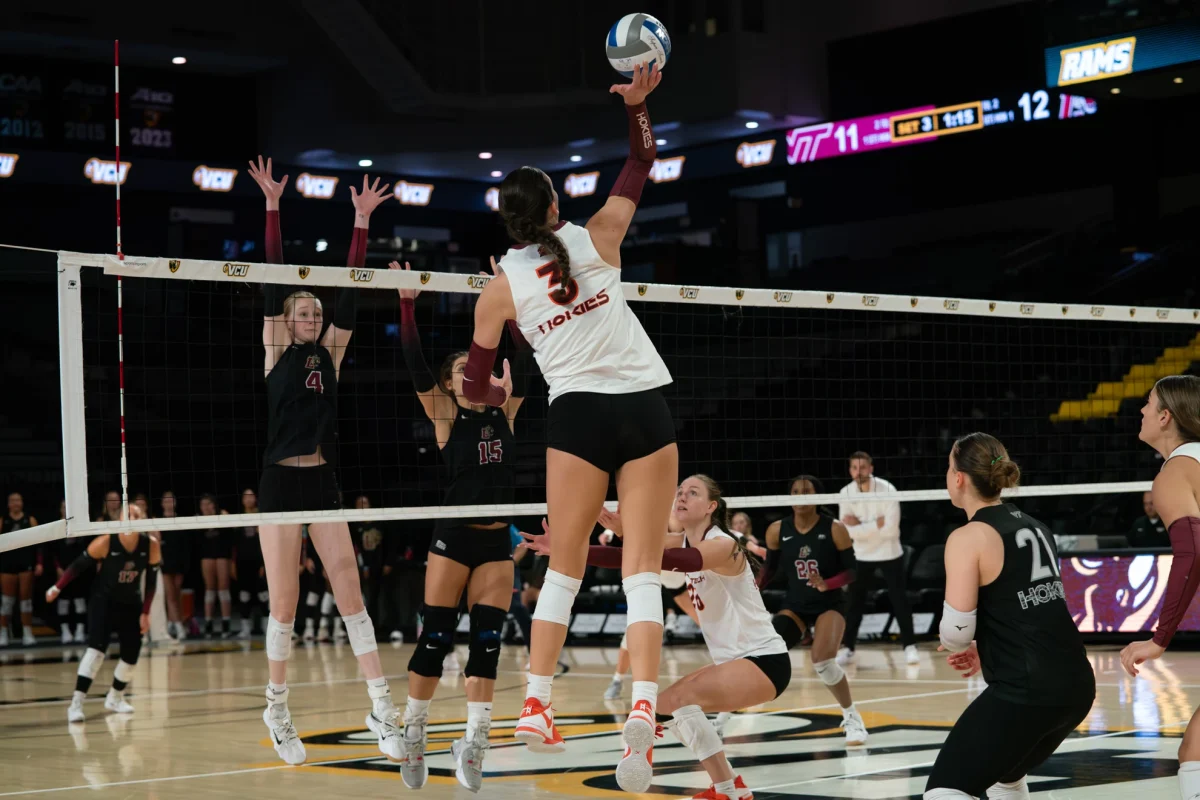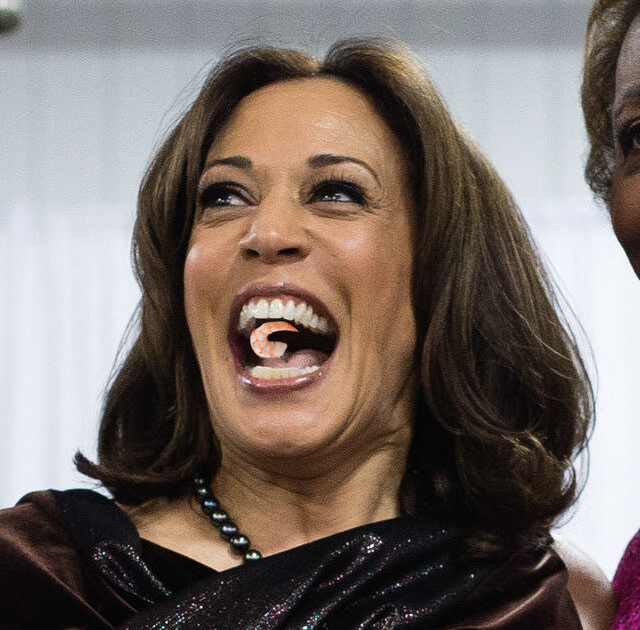Public art is art installed/placed in public or shared spaces. Public art might evoke the image of a historic statue of a general or a voluminous abstract form. Contemporary public art can appear in any number of forms whether temporary or permanent. Public art interacts with its environment, interprets its histories, even challenges the ways a community understands its spaces. Public art can take any form. It can be a sculpture or a ‘zine, a performance or a painting, a series of prints or any of an endless list of possible media, materials or forms.
Public art can confront, inspire, challenge; it can be comic, critical, ugly, informative — it can occupy any place in a community dialogue that any other voice can occupy. It is a question, an utterance, a proposition. It is there to be engaged with intellectually, emotionally, even spiritually.
In the case of public artworks by students in art courses at Lafayette, public art represents in a very real sense the intellectual labor of students at this institution: equivalent to homework or an exam in any other course.
It is the understanding of the Art Department that sometimes a Public Art Work might cause controversy. We see this as an opportunity to engage in dialogue with the Lafayette Community. We are also aware that sometimes an artwork may cause an obstruction and cannot be in a public spaces indefinitely.
The Art Department hopes that the community will perceive artworks as a form of discourse and an invitation to engage in conversations with others about public artwork and its impact on the community.
If a member of the Lafayette Community has a specific concern about an artwork displayed in public on campus they should contact: (a) the head of Art Department, or (b) campus safety, or (c) the administration. Any of these choices represent dialogue within the community about the work and its meanings, purpose, etc.
The Art Department is currently overseeing several student public art projects.


























